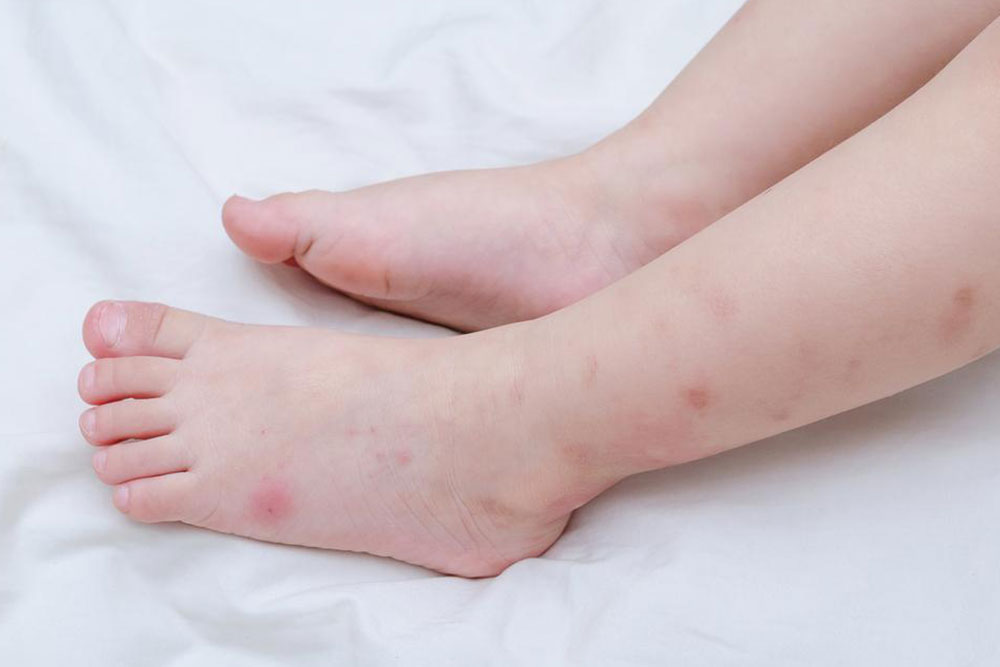Essential Tips for Identifying Common Insect Bites
Learn how to identify common insect bites by observing key signs such as bite size, swelling, and coloration. Recognizing these indicators early can aid in prompt treatment and prevent infections. The guide covers bites from mosquitoes, fleas, bedbugs, ants, scorpions, bees, wasps, and spiders, providing useful tips for distinguishing each type. Proper identification ensures appropriate care and reduces discomfort from insect encounters, especially in outdoor or waste-rich environments.

Essential Tips for Identifying Common Insect Bites
Distinguishing various insect bites is key to managing discomfort and ensuring proper treatment. Bites can differ based on the insect involved, with symptoms ranging from mild irritation to severe reactions. Recognizing the clues early helps prevent infections and complications. Insects like mosquitoes, ticks, flies, bees, wasps, spiders, and fleas each leave unique marks. Environment plays a role, as outdoor areas and waste sites tend to have higher insect activity. Careful inspection of the bite site provides vital information for accurate identification.
To recognize insect bites, closely examine the affected skin.
Itchy, small bites
Single tiny bites often originate from mosquitoes or flies, showing a small puncture in the center.
Flea bites are tiny, itchy bumps grouped tightly together.
Bedbug bites appear as red, itchy spots, sometimes with blisters, arranged in lines of two or three.
Look for swelling
Swelling and pus-filled blisters are typical of fire ant bites.
Scorpion stings cause swelling, redness, and may include numbness or pain.
Bee and Wasp Stings
Sharp, burning pain occurs immediately, along with swelling and redness. A white spot and welt develop at the sting site. Bees often leave their stinger behind.
Spider Bites
Bites may show as small puncture wounds or a bluish/purplish sore that can turn into an ulcer. Serious reactions include muscle cramps, nausea, vomiting, or seizures. Infected bites may swell, turn pus-filled, or become painful.
Understanding these signs helps identify the responsible insect and seek appropriate medical care.
Note:
This educational content is for informational purposes only and not a substitute for professional medical advice. Always consult healthcare professionals for diagnosis and treatment needs.


